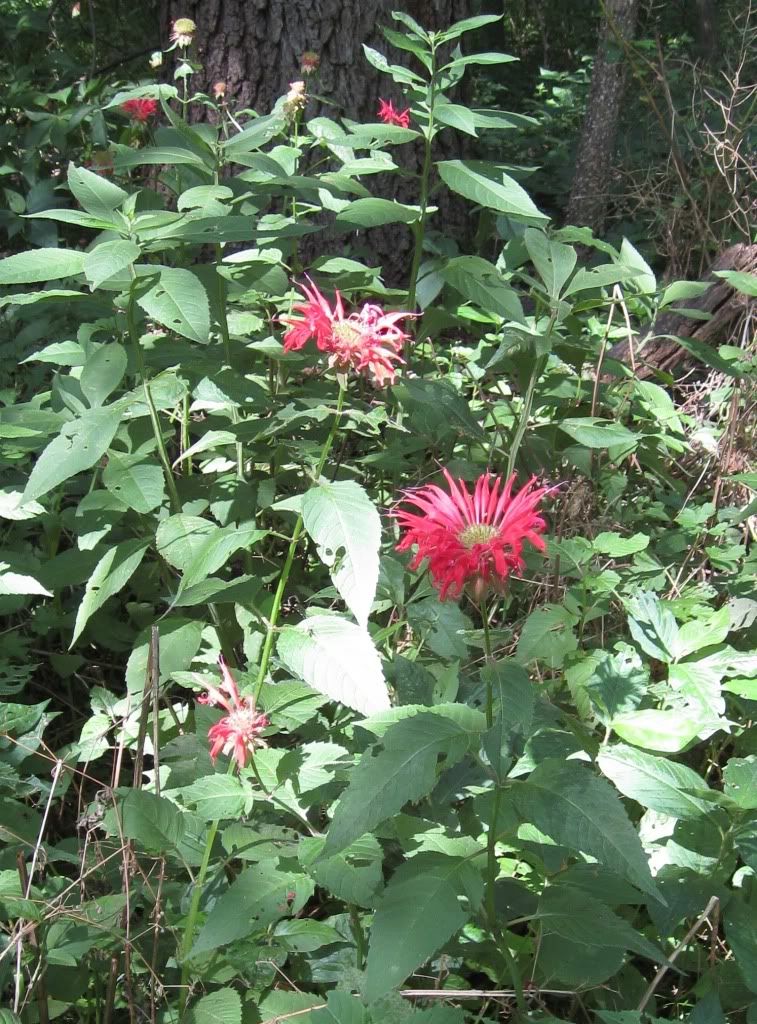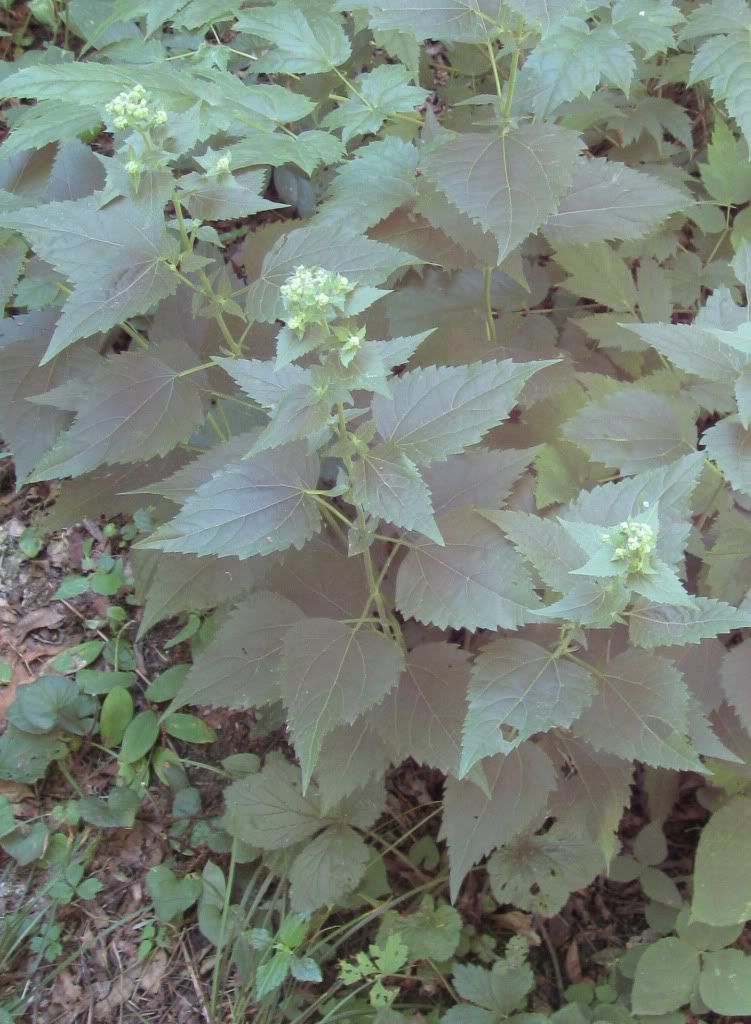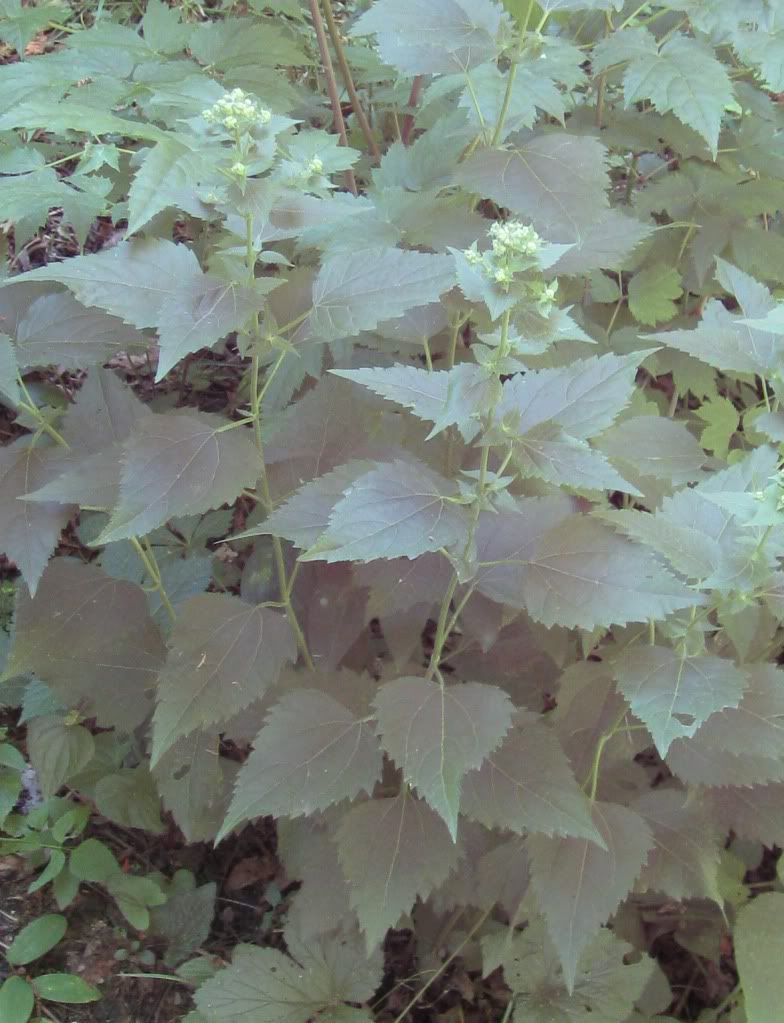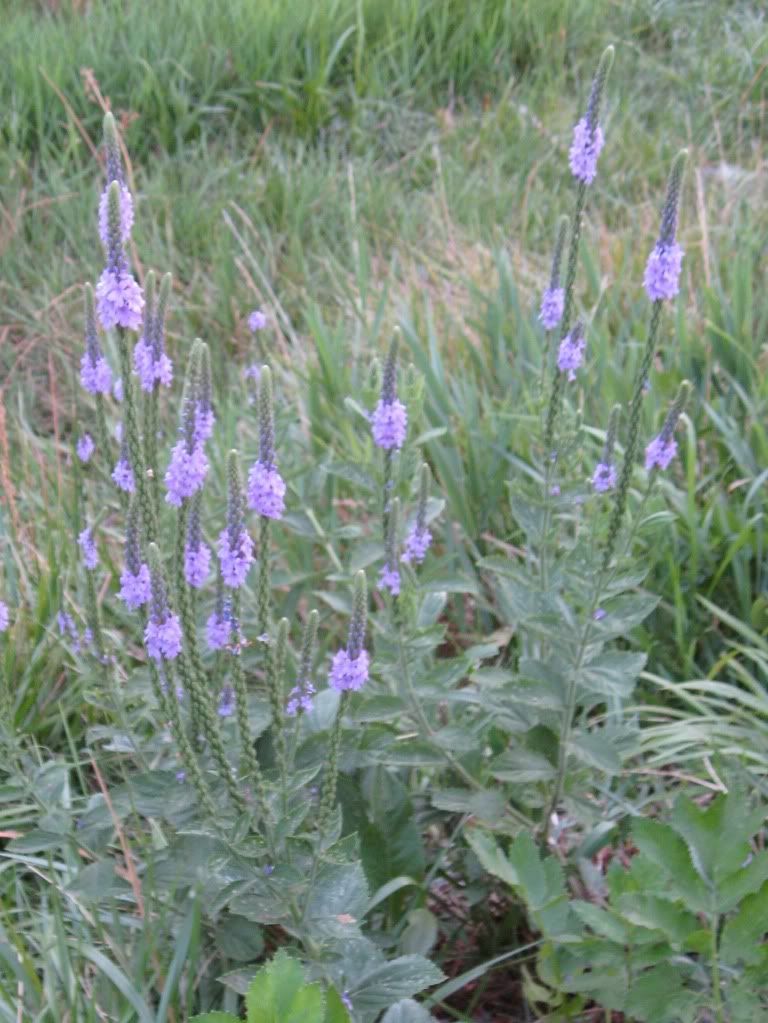Happy 4th of July to the Bleeding Heartland community! I am celebrating the occasion with photos of red, white, and blue Iowa wildflowers. Click “there’s more” to view oswego tea, white snakeroot, and blue vervain.
The heat has been oppressive across Iowa lately. This afternoon I felt sorry for everyone in the Windsor Heights July 4 parade, including Representative Tom Latham, Representative Leonard Boswell, State Representative Chris Hagenow, his Democratic challenger Susan Judkins, and Democratic Iowa Senate candidate Desmund Adams.
I hope everyone stays safe and hydrated, and I am thinking of the veterans for whom today is a difficult holiday.
This is an open thread.
Last week’s featured wildflower was plains coreopsis, which can be entirely red, but is more often red in the center with yellow near the edges.
I’m bending the rules by including oswego tea, because this plant is not native to Iowa. According to wildflowers of Iowa Woodlands by Sylvan Runkel and Alvin Bull, oswego tea is indigenous to the eastern U.S. but “has escaped from garden plantings in our area. Its beautiful crimson flower may brighten woodlands in late summer.”
In this cluster of oswego tea, you can see open blooms in the foreground and buds about to open in the background, near the tree trunk. CLARIFICATION: What looks like one flower is actually a cluster of individual tube-shaped flowers. So what I called “buds” are heads containing many tube-shaped flowers that haven’t opened.
Oswego tea is in the same family as Horsemint, which is native to Iowa but has pink flowers rather than red.
For today’s white flower, I am returning to the “mystery” flower at the end of the post on plains coreopsis. I have since learned that it is white snakeroot.
White snakeroot is common in woodland areas and attracts many insects. According to the Illinois wildflowers site, “The common name of this species derives from the erroneous belief among early settlers that the bitter rhizomes were beneficial in the treatment of snakebites.” This flower has a tragic history, though. During the 19th century, many settlers on the American frontier died from so-called “milk sickness.” It was only around the turn of the 20th century that people understood the cause of this illness. Excessive grazing on white snakeroot caused cows to secrete toxins into their milk.
The sickness has been called puking fever, sick stomach, the slows, and the trembles. The illness was most common in dry years when cows wandered from poor pastures to the woods in search of food. In man, the symptoms are loss of appetite, listlessness, weakness, vague pains, muscle stiffness, vomiting, abdominal discomfort, severe constipation, bad breath, and finally coma. Recovery is slow and may never be complete, but more often an attack is fatal, as it was for Nancy Hanks Lincoln [Abraham Lincoln’s mother]. She died on October 5, 1818.
While milk sickness usually develops when a person or animal eats the plant, the sickness can also occur if one eats heavily of the flesh of an animal that has died of severe white snakeroot poisoning. Within the present century persons have suffered and died from milk sickness in parts of Indiana, Ohio, and Illinois. It is written that more than half of the deaths that occurred early in the 19th century in Dubois County, Indiana, were caused by milk sickness.
This plant isn’t harmful to touch like poison ivy, though. Runkel and Bull write, “Pioneers sometimes used white snakeroot to treat urinary disorders. Indians sometimes burned the plant as a smoke inhalant to revive a person who had fainted.”
Today’s blue flower is blue vervain, although it looks more purple to me than blue.
Blue vervain is a common roadside wildflower. I’ve seen it along highways, and I shot these photos near an on-ramp for I-235 in the Des Moines metro area. The plant is highly adaptable:
Habitats include riverbottom prairies, moist meadows near floodplain woodlands, soggy thickets, borders of rivers and ponds, marshes, ditches, fence rows, and pastures. This plant adapts readily to degraded wetlands and other disturbed areas, but it can be found in higher quality habitats as well.
This plant closely resembles hoary vervain, but I am pretty sure my pictures are of blue vervain.
The petals of the dayflower, which Bleeding Heartland featured three weeks ago, are more of a true blue color than blue vervain. Technically, though, that plant is native to Asia, so it didn’t seem right for today’s all-American wildflower post.







1 Comment
Physicists
rule.
albert Thu 5 Jul 7:33 PM